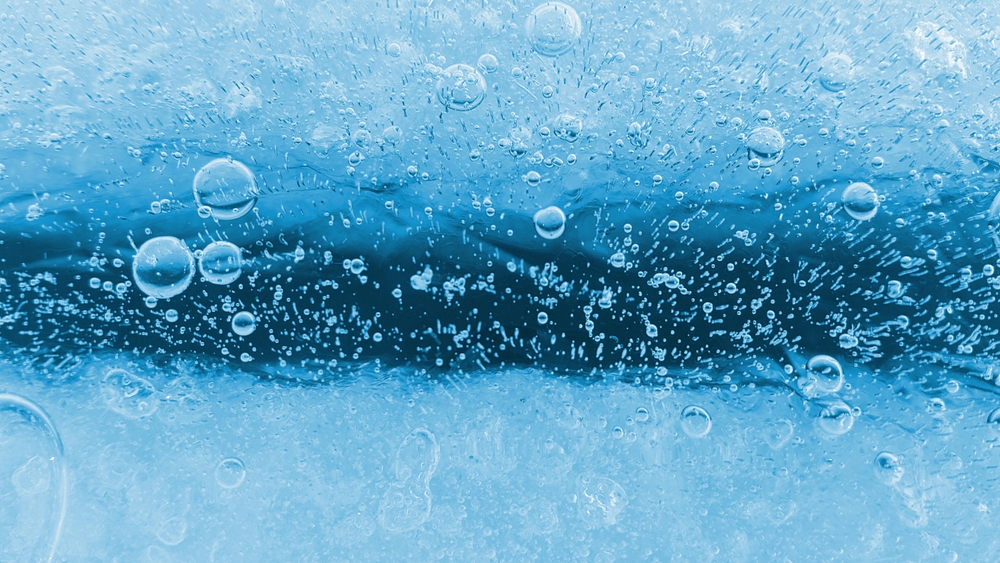Now Reading: Bluebottles: Stunning to See, Dangerous to Touch – A Union of Four Species
-
01
Bluebottles: Stunning to See, Dangerous to Touch – A Union of Four Species
Bluebottles: Stunning to See, Dangerous to Touch – A Union of Four Species

Quick Summary
- Portuguese Man O’ War (Bluebottles): Despite appearing as single entities, they are colonies of specialized polyps working together.
- Global Distribution: Found in the Atlantic, pacific, and Indian Oceans; their venomous tentacles can stretch up to 100 feet, causing pain and reactions in humans.
- New Research: A study by Yale University, UNSW, and Griffith University reveals four genetically distinct species – Physalia physalis, P. utriculus, P. megalista,and P. minuta – living in different ocean regions.
- Genetic Discoveries: The genetic differences show bluebottles are not interbreeding despite overlapping ranges due to major wind and current systems acting as barriers.
- Coexistence among Species: Off eastern Australia, multiple species coexist despite shared habitats; researchers aim to identify evolutionary pressures behind this differentiation.
- Practical Applications: The data helps create tools to forecast sightings and prevent stings with support from Surf Life saving Australia and the Bureau of Meteorology.
Indian Opinion Analysis
This research on Portuguese Man O’ War highlights how even interconnected open ocean environments sustain biodiversity through unique evolutionary mechanisms like genetic isolation driven by currents.India’s extensive coasts along the Indian Ocean mean understanding jellyfish-like creatures is crucial for marine safety – both ecological awareness for fisheries and preventive measures for beachgoers.
The findings offer immediate practical utility globally but suggest opportunities for India-specific initiatives such as genome mapping of indigenous marine life or collaboration between citizen scientists and whether organizations to predict similar phenomena locally.Supporting such scientific advancements could enhance public safety while contributing uniquely valuable insights into open sea biodiversity conservation frameworks globally.
























